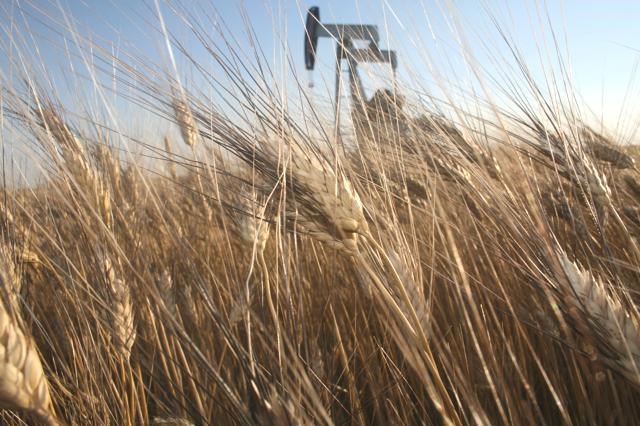Warm weather continued to help crops mature throughout the province. This was beneficial for many areas, but some reported premature ripening and damage from high heat.
Producers in the province have one per cent of the crop combined and two per cent swathed or ready to straight-cut. The five-year average (2015-2019) for this time of year is two per cent combined and three per cent swathed or ready to straight-cut.
Fifty-two per cent of fall rye, 19 per cent of winter wheat, six per cent of field peas and three per cent of lentils are now in the bin. Harvest is most advanced in the south and west-central regions, where two per cent of the crop in the southwest is combined and one per cent of the crop in the southeast and west-central is combined. Producers in the central and northern regions have less than one per cent of the crop combined, but many expect to start in the coming weeks.
Much of the province received small amounts of rain this week, with parts of the northern, west-central and southeast regions receiving half an inch to an inch. The Broadview area received the most rain this week with 39 mm. The St. Walburg area has received the most rain in the province since April 1 with 433 mm. More rain is needed to help crops during the seed-filling stage. Moisture conditions were slightly reduced this past week.
Cropland topsoil moisture is rated as 51 per cent adequate, 37 per cent short and 12 per cent very short. Hay and pasture land topsoil moisture is rated as 38 per cent adequate, 41 per cent short and 21 per cent very short. Many producers reported that hay yields are below average this year.
Estimated average dryland hay yields for the province are 1.2 tons per acre for alfalfa, 1.1 tons per acre for alfalfa/bromegrass, 1.0 tons per acre for other tame hay, 1.0 tons per acre for wild hay and 1.8 tons per acre for greenfeed. Estimated average irrigated hay yields are 3.0 tons per acre for alfalfa, 2.7 tons per acre for alfalfa/bromegrass and 2.8 tons per acre for greenfeed.
The majority of crop damage this week was due to wind, dry conditions, heat, wildlife and grasshoppers. There were also isolated reports of hail.
Farmers are busy wrapping up haying and baling, getting ready for harvest, desiccating and swathing crops and starting to combine in some areas.
A complete, printable version of the Crop Report is available online at .
Follow the 2020 Crop Report on Twitter at @SKAgriculture.




